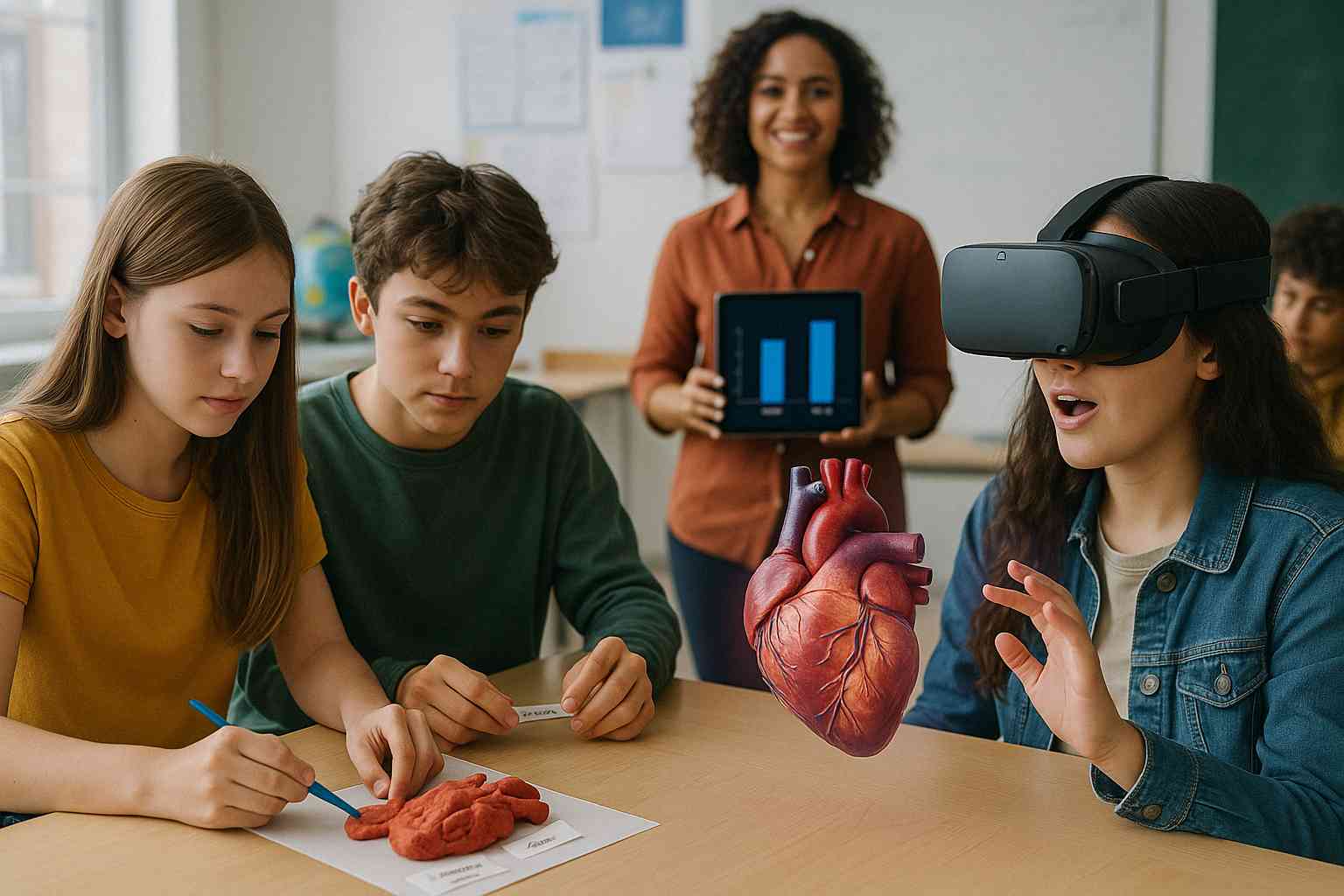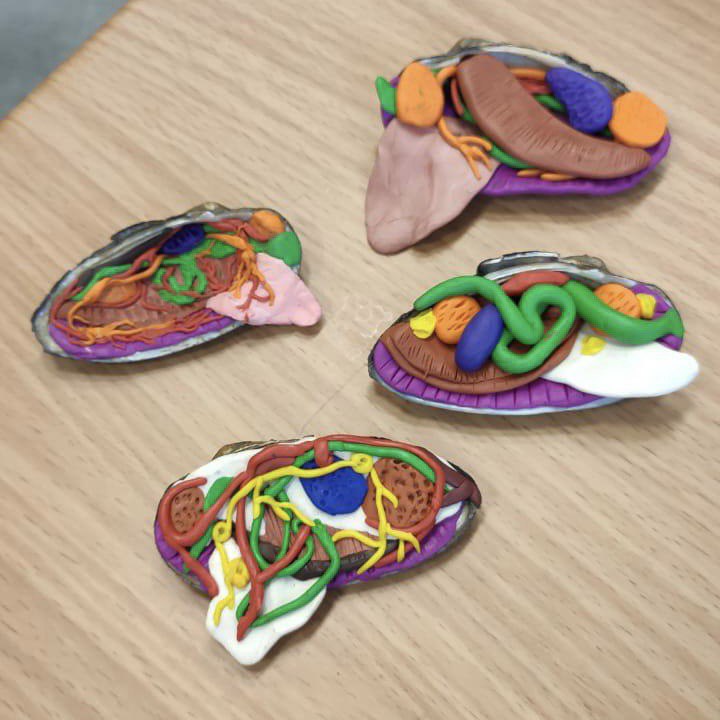The smell of formaldehyde and the sight of a preserved frog on a tray once defined “hands‑on” biology. For Gen Alpha—the eco‑minded, cruelty‑conscious students now filling our schools—that scene feels dated, even disturbing. Plant‑based diets, climate‑activist role models, and nonstop social media have reshaped what young people consider ethical science. When a lesson crosses that line, engagement plummets.
So how do teachers protect the practical side of learning while respecting new values? Let’s dive into why expectations shifted, what alternatives work, and how virtual‑reality classrooms keep inquiry alive without a single scalpel.
1. Why Gen Alpha Rejects Traditional Dissection

• Compassion culture. YouTube channels showing rescued farm animals rack up millions of views. Cutting a creature open clashes with a daily feed of vegan recipes and wildlife‑rehab stories.
• Digital immersion from birth. Students used touchscreens before they could write cursive. If a digital‑classroom tool can reveal the inside of a lung in 8K detail, a preserved specimen looks crude.
• Climate and sustainability mindset. Reducing waste and protecting biodiversity feel urgent, not abstract. Preserving dozens of animals for annual labs sends the wrong signal.
2. Survey of Ethical, Hands‑On Alternatives
| Method | What Students Do | Why It Clicks in 2025 |
|---|---|---|
| Clay & Eco‑clay Models | Sculpt hearts, neurons, or lungs from biodegradable materials. | Boosts creativity and fine‑motor skills; zero ethical concerns. |
| High‑Fidelity Silicone Kits | Reusable organs with realistic texture and color. | No preservatives, repeatable for practice or make‑up labs. |
| Immersive Dissection Simulators | Strap on a headset and peel back virtual frog tissues layer by layer. | Delivers true interactivity, detailed visuals, and built‑in assessments. |
3. Case Study: Frog Dissection Goes Digital
The Dissection Simulator — Frog Edition on the Meta Quest store drops learners into a 3‑D lab where:
-
Each incision is guided by on‑screen prompts, so students can’t “do it wrong.”
-
A zoom function dives from whole body to cellular structures in seconds.
-
Unlimited resets let classes practice until the anatomy sticks.
Early trials show a double win: students remember more anatomy terms and report lower stress compared with physical labs.
4. Maintaining Rigor Across All Sciences
Ethical upgrades shouldn’t water down scientific rigor, and immersive technology proves they don’t have to. In physics, students can launch virtual projectiles from towering cliffs, recording trajectories and manipulating gravity without shattering a single beaker. Chemistry lessons move volatile experiments into a sealed digital hood, where learners tweak reagents and observe instant results—no fumes, no waste, just pure inquiry. Environmental‑science classes now model global carbon‑capture strategies on simulated planets, adjusting variables and watching real‑time climate data respond. By embedding these virtual reality learning experiences into the STEM lab, schools meet safety requirements, respect modern ethics, and still preserve the depth and excitement of a truly experiment‑driven curriculum.
5. Quick Wins for Teachers on Tight Schedules

-
Ethics Warm‑Up (3 minutes). Start class with a question—“Should animals ever be used in research?”—and collect anonymous yes/no votes on a tablet. Reveal the split, then segue into your lesson.
-
Build‑Then‑Explore (20 minutes). Students sculpt a simple organ (e.g., a heart) from eco‑clay, label parts, and photograph it. Next, they compare their model to the beating 3‑D version inside a headset.
-
Reflection Reel (5 minutes). After each immersive session, kids record a 60‑second video log: “What surprised me?” These clips make quick formative assessments and showcase growth.
6. Why XReady Lab Fits the 2025 Classroom
XReady Lab’s catalog covers cell‑division mitosis, gas exchange, and other core topics—all aligned with U.S. and international standards. The modules run on popular headsets such as Meta Quest 2, Meta Quest Pro, Pico Neo 3, and Pico 4, meaning schools can repurpose existing devices. Built‑in analytics let teachers track time‑on‑task, quiz scores, and even eye‑gaze data to see where learners struggle





